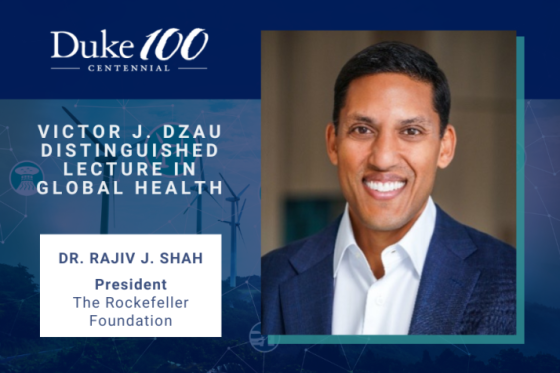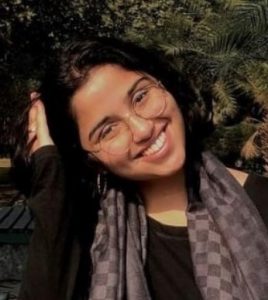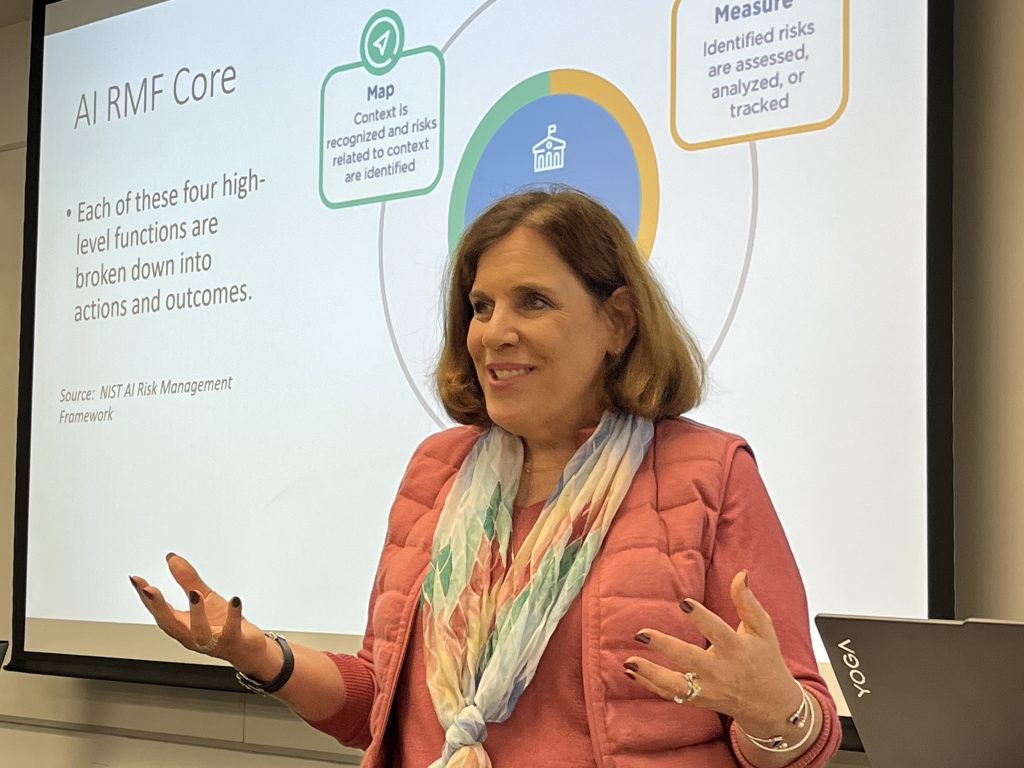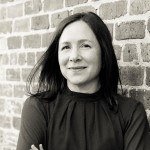This February, the U.S. Supreme Court heard arguments challenging laws in Florida and Texas that would regulate how social media companies like Facebook and X (formerly Twitter) control what posts can appear on their sites.
Given the legal challenges involved over the concerns of the role social media plays in creating polarization, there is a need for further research to explore the issue. Enter Duke’s Polarization Lab, a multidisciplinary research hub designed to explore and mitigate the societal effects of online engagement.
In an April 17 seminar, Polarization Lab postdoc Max Allamong delved into the workings and discoveries of this innovative lab, which brings together experts from seven disciplines and various career stages, supported by twelve funders and partners, including five UNC affiliates.

Unless you’re okay with people stealing your data for their own research, conducting studies based on social media is next to impossible, Allamong explained.
In their attempt to conduct research ethically, the lab has developed a tool called “Discussit.” This platform enables users to see the partisanship of people they are communicating with online, aiming to reduce polarization by fostering dialogue across political divides. To put it simply, they’ll know if they’re talking to someone from the left or if they’re talking to someone from the right. Building on this, Allamong also introduced “Spark Social,” a social media simulator where researchers can adjust variables to study interactions under controlled conditions. This system not only allows for the modification of user interactions but also employs large language models (like those used in ChatGPT) to simulate realistic conversations.
Allamong highlighted a particularly revealing study from the lab, titled “Outnumbered Online,” which examined how individuals behave in partisan echo chambers versus balanced environments. The study placed users in forums where they were either in the majority or minority in terms of political alignment, revealing that being outnumbered led to increased self-censorship and perceptions of a toxic environment.
The lab’s ongoing work also explores the broader implications of polarization on political engagement. By manipulating the type of content users see, researchers are examining variables like believability and replicability of data generated by AI. This approach not only contributes to academic knowledge but also has practical implications for designing healthier online spaces.
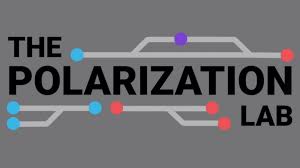
As social media continues to shape political and social discourse, the work of Duke’s Polarization Lab and Allamong serves as a safe space to conduct ethical and meaningful research. The insights gained here will better equip us to analyze the polarization created by social media companies, and how that affects the political landscape of the country. The longstanding questions of the effects of echo chambers may soon be answered. This research will undoubtedly influence how we engage with and understand the digital world around us, making it a crucial endeavour for fostering a more informed and less polarized society.












